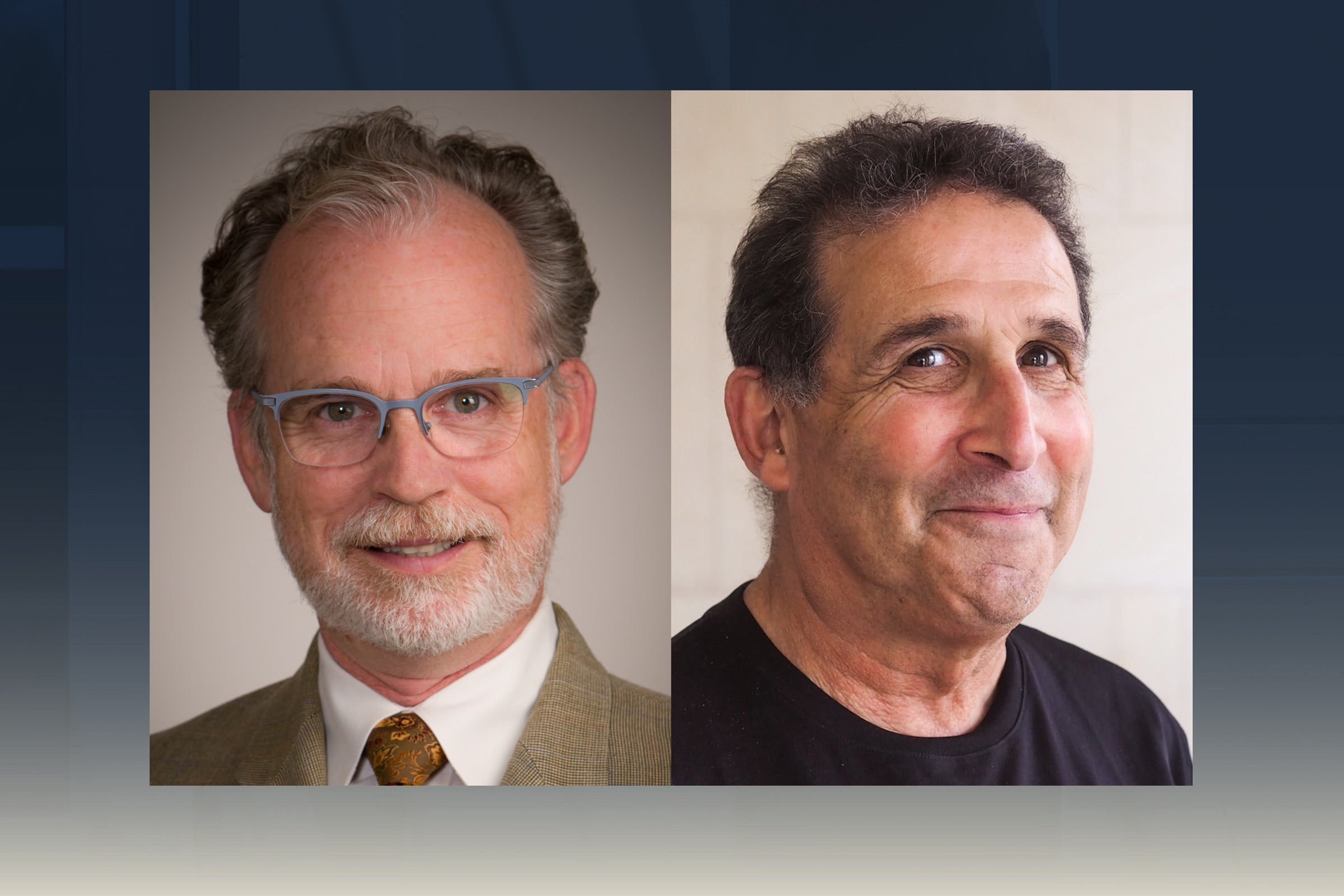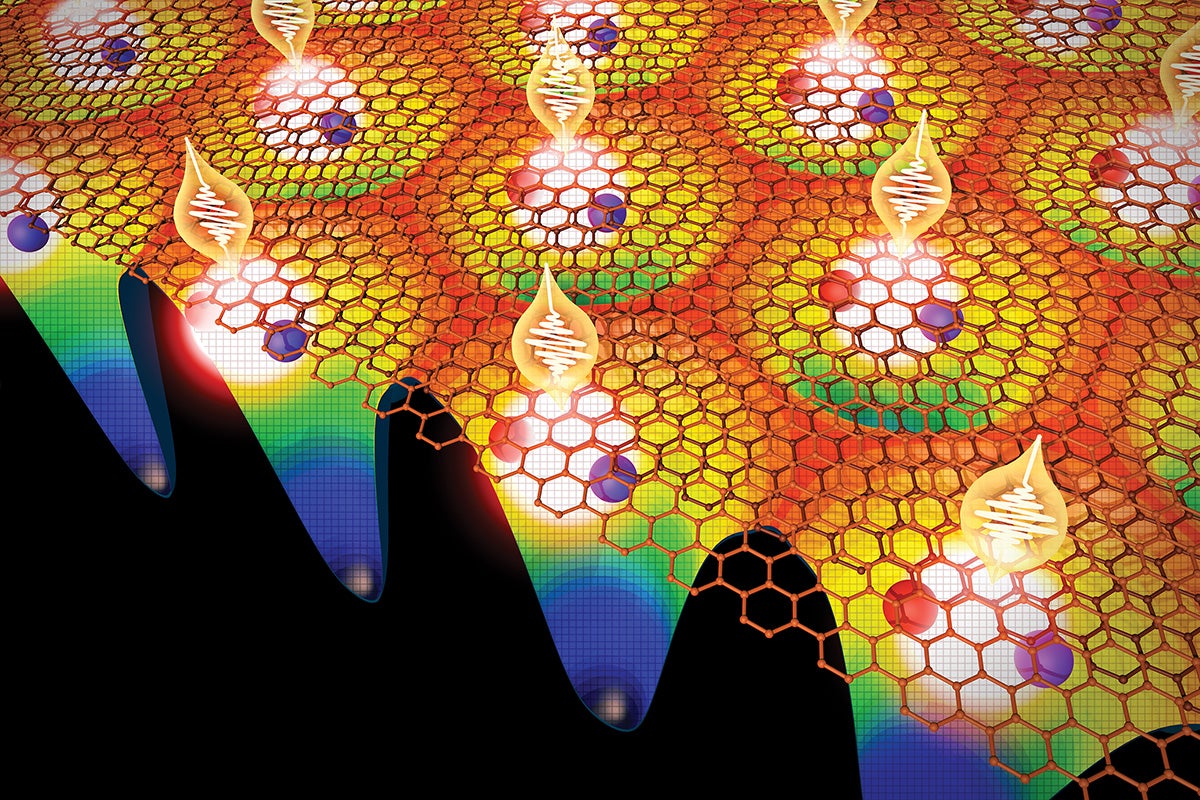Brent L. Iverson, University Distinguished Teaching Professor and Warren J. and Viola Mae Raymer Professor, has been named chairman of the Department of Chemistry and Biochemistry by Executive Vice President and Provost Steven W. Leslie and Dean Mary Ann Rankin, College of Natural Sciences. The new chairman’s appointment begins September 1, 2010 and he will serve a four-year term.
Dr. Iverson did his undergraduate studies at Stanford University, graduating in 1982. In 1987 he completed his PhD at California Institute of Technology and then went on to do postdoctoral research at Scripps Research Institute (1987-1990). Dr. Iverson joined the UT Chemistry and Biochemistry faculty in the fall of 1990. He is affiliated with several Campus Organized Research Units: Beckman Center for the Design and Fabrication of Sensor Arrays; Institute for Cellular and Molecular Biology; Center for Nano- and Molecular Science and Technology.
Dr. Iverson’s research focuses on the production, characterization, and manipulation of large, functional molecules from three different points of view:
1) Antibody and Enzyme Engineering with an emphasis on developing better methods for recombinant antibody or enzyme cloning and directed evolution.
2) Artificial macromolecules with defined higher order structure and function. These systems involve the predictable folding of synthetic molecules into stable scaffolds, based on abiotic secondary structure elements.
3) The chemistry of nucleic acid binding, recognition and modification with a primary focus on understanding and exploiting our newly created polyintercalating molecules. These molecules show sequence specificity, are amenable to combinatorial techniques and some derivatives are active against gram positive bacteria.
Dr. Iverson was born in Ann Arbor, but his family moved to the Bay Area when he was ten months old. He grew up with an interest in both science and sports, and was always fascinated by the natural world. His excellence in science and sports ultimately landed him at Stanford. During the summer after his freshman year at Stanford, he worked in a research lab and his life's path became clear. He discovered that his true passion was science in general and chemistry in particular. After his postdoctoral work, he was offered a faculty position involving only research at Scripps Research Institute in La Jolla, California. Despite disappointing his graduate and postdoctoral advisors, he chose to come to the University of Texas because he wanted to become a teacher-scholar and not just a researcher.










